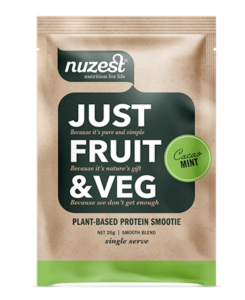Home » 10 Top 2025 Packaging Trends To Expect
10 Top 2025 Packaging Trends To Expect
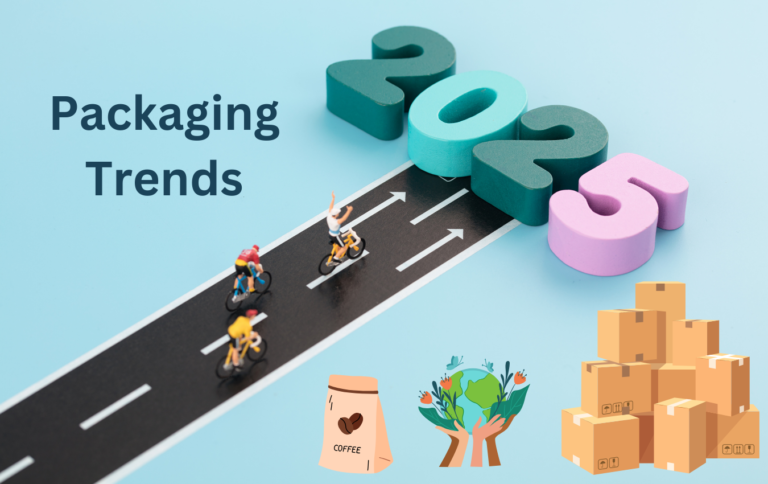
As we approach 2025, the packaging industry continues to evolve in response to environmental pressures, consumer demands, and technological advancements. Businesses are increasingly focusing on sustainability, branding, and efficiency in their packaging strategies. Below are some of the key packaging trends expected to shape the industry in 2025:
- Sustainability Takes Center Stage
- Smart Packaging and Technology Integration
- Customization and Personalization
- Minimalist and Transparent Packaging
- Flexible Packaging for Convenience
- Edible Packaging
- E-Commerce-Ready Packaging
- Reusable Packaging Systems
- Health-Conscious Packaging
- Lightweight Packaging for Carbon Footprint Reduction
Sustainability Takes Center Stage
Sustainable packaging will remain at the forefront of industry trends in 2025. With increasing regulations and consumer awareness, companies will continue to adopt eco-friendly materials and reduce their carbon footprints. Packaging made from biodegradable, compostable, and recyclable materials will dominate the market. In addition, many businesses will focus on closed-loop recycling processes, where packaging materials are reused in a circular economy. Brands are expected to embrace minimalistic designs to cut down on material usage and waste, while innovative plant-based materials (like mushroom and cornstarch packaging) are gaining traction.

Smart Packaging and Technology Integration
2025 will witness an expansion in smart packaging, where technology meets packaging. This includes packaging embedded with QR codes, RFID tags, or NFC chips that provide consumers with additional information, from tracking product freshness to enabling interactive experiences via smartphones. Smart packaging will be used to enhance supply chain transparency, provide real-time data for inventory management, and ensure product safety with anti-counterfeiting measures. Brands will leverage these technologies to improve consumer engagement while promoting transparency about their sustainability efforts.
Customization and Personalization
As e-commerce continues to thrive, custom and personalized packaging will gain momentum in 2025. Consumers now expect tailored packaging experiences, especially for direct-to-consumer brands. Companies are increasingly using personalized designs, messages, and custom inserts to create emotional connections with customers. The shift to digital printing will allow businesses to create unique, on-demand packaging without the need for large print runs, reducing waste while offering flexibility.
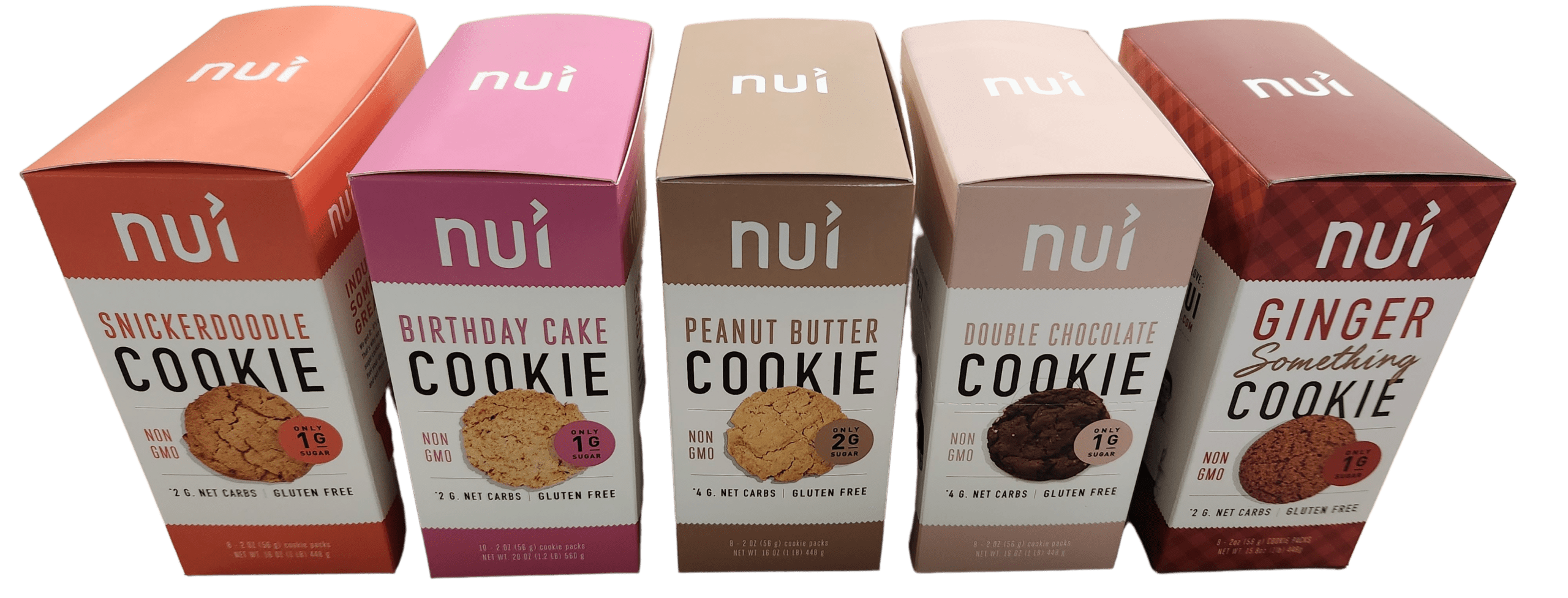
Minimalist and Transparent Packaging
Consumers are drawn to clean, minimalist designs that communicate sustainability and simplicity. Minimalist packaging uses fewer materials, which appeals to eco-conscious buyers. In addition, transparent packaging, especially in the food industry, gives consumers a view of the product and builds trust. Transparent designs also align with the growing demand for clean labels, where brands disclose more information about the contents and sourcing of the product.

Flexible Packaging for Convenience
Flexible packaging will continue to grow in popularity due to its lightweight, efficient nature. In 2025, stand-up pouches, resealable bags, and squeeze tubes will dominate the market. Flexible packaging uses fewer materials than traditional rigid packaging, making it a more sustainable choice. It also offers greater convenience, as it is easier to transport and store. Expect more innovations in monomaterial flexible packaging, which enhances recyclability without compromising on performance.
Edible Packaging
The idea of packaging that can be eaten or easily dissolved after use is becoming more than just a novelty. Edible packaging solutions, made from natural ingredients like seaweed or starch, are expected to rise in popularity by 2025, especially in the food and beverage industry. These solutions not only reduce waste but also offer an exciting, eco-friendly alternative to traditional packaging materials. Edible packaging is particularly appealing for single-use products like straws, wrappers, and containers for on-the-go consumption.
E-Commerce-Ready Packaging
With the exponential growth of e-commerce, packaging designed specifically for shipping will be crucial in 2025. E-commerce packaging needs to balance protection, sustainability, and branding. Expect a surge in frustration-free packaging, which is easy to open and made with minimal materials. The shift towards lightweight and durable designs will help brands reduce shipping costs while maintaining eco-friendly practices. Protective inserts, padding, and collapsible designs will also play a critical role in optimizing shipping processes.

Reusable Packaging Systems
The reusable packaging model will continue to gain momentum as brands seek ways to reduce single-use packaging waste. Several companies are already implementing returnable or refillable packaging solutions, especially for personal care and food products. By 2025, reusable packaging systems are expected to expand across more sectors, supported by subscription services where packaging is collected, cleaned, and reused. This shift reflects a larger trend toward extended product life cycles and a circular economy, where materials are kept in use for as long as possible.
Health-Conscious Packaging
With growing consumer interest in health and wellness, packaging designed for food safety and freshness will remain a priority. Packaging materials that maintain product quality and extend shelf life—while using minimal preservatives—will become essential in 2025. Expect advancements in antimicrobial packaging and active packaging, which can actively preserve or improve the freshness of the product. This is particularly relevant in the food and pharmaceutical industries, where safety and hygiene are paramount.
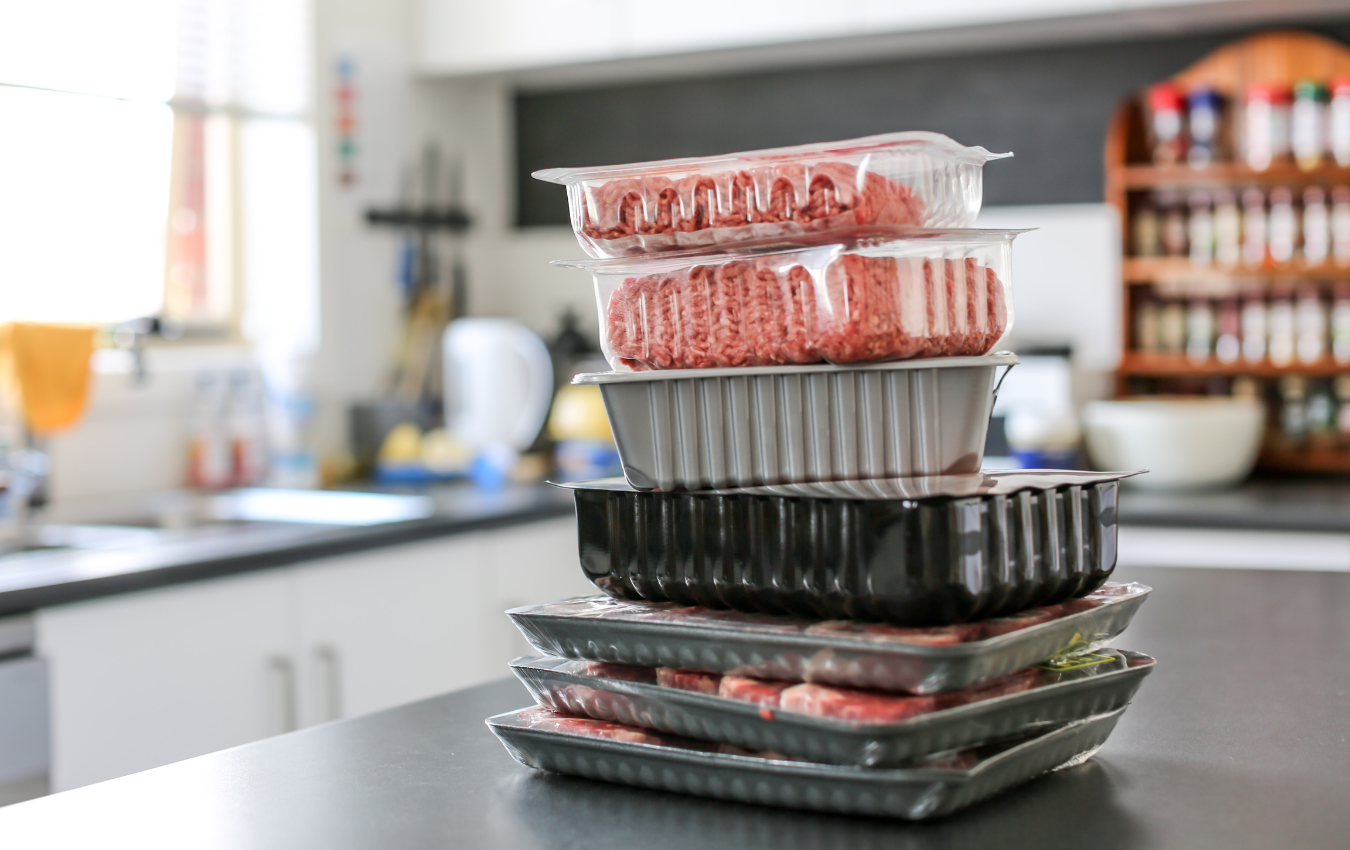
Lightweight Packaging for Carbon Footprint Reduction
Lightweight packaging not only reduces material usage but also lowers transportation costs by decreasing the overall weight of shipments. In 2025, businesses will continue to adopt lightweight packaging as a way to lower their carbon emissions. Innovations in recyclable plastics, biodegradable materials, and thin but durable materials will enable companies to reduce their packaging’s environmental footprint without sacrificing protection.
Conclusion
The future of packaging is rooted in sustainability, convenience, and technology. As businesses look to meet evolving consumer expectations and comply with new regulations, the packaging industry will continue to innovate with eco-friendly materials, smart designs, and flexible solutions. Companies that adopt these trends will not only improve their environmental impact but also stay ahead in a competitive marketplace.
In 2026, sustainability is no longer just a trend—it’s a buyer expectation. Forest Stewardship Council (FSC) certification has become a key benchmark for responsible packaging, signaling that materials are sourced
Sustainability is now a top priority for packaging buyers. Retailers, regulators, and consumers are all demanding packaging solutions that reduce environmental impact without sacrificing performance. In 2026, buyers must balance
Choosing the right packaging material is one of the most important decisions buyers face. Single-material packaging offers simplicity and recyclability, while multi-material designs provide enhanced performance and protection. Understanding the
One of the biggest challenges in sustainable packaging is balancing environmental responsibility with product protection. Buyers often worry that switching to eco-friendly materials means sacrificing durability or driving up costs.
Home » 10 Top 2025 Packaging Trends To Expect
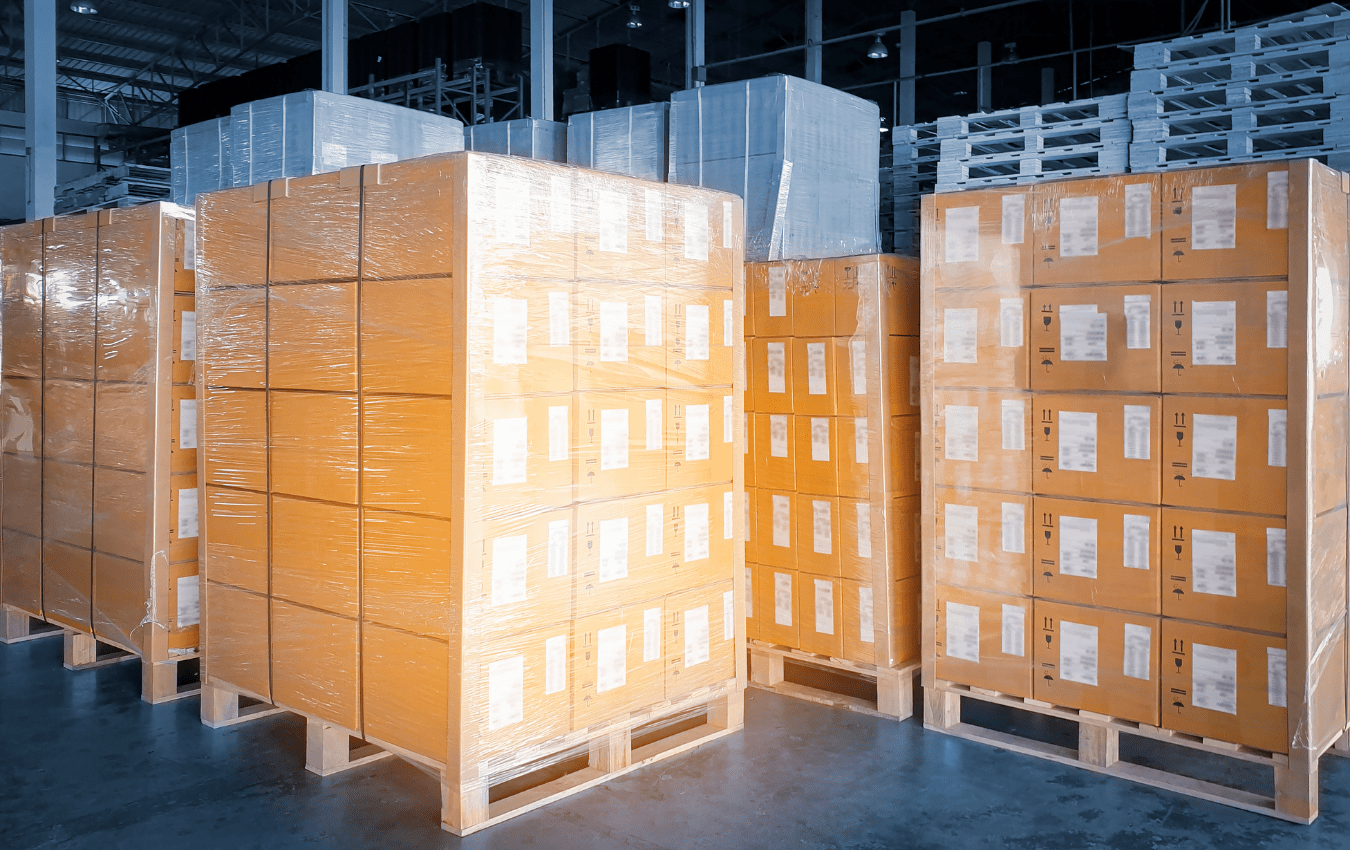
When it comes to packaging fragile or valuable items, ensuring their safe transportation is crucial. One effective way to protect these items during shipping or storage is by using edge protectors. Edge protectors are versatile packaging materials designed to safeguard the edges of products and prevent damage caused by impact, compression, or rough handling. While standard edge protectors are readily available, customizing them to suit your specific packaging needs can provide added protection and peace of mind. In this step-by-step guide, we will walk you through the process of customizing edge protectors for your unique requirements. Step 1: Assess Your Packaging Requirements Before customizing edge protectors, it’s essential to assess your packaging requirements thoroughly. Consider the size, shape, and fragility of the items you are packaging. Identify potential vulnerabilities, such as sharp corners or delicate surfaces that require extra protection. Additionally, determine the transportation or storage conditions your packages will be subjected to. By understanding your specific needs, you can tailor your edge protectors accordingly. Step 2: Select the Appropriate Edge Protector Material Edge protectors are available in various materials, each offering distinct benefits. Common materials include cardboard, foam, plastic, and composite materials. Cardboard edge protectors are ideal for light to medium-duty applications, while foam edge protectors offer excellent cushioning and shock absorption. Plastic edge protectors are durable and water-resistant, making them suitable for heavy-duty applications. Composite edge protectors combine multiple materials for enhanced protection. Choose the material that best aligns with your requirements. Step 3: Measure and Cut Once you’ve determined the material, it’s time to measure and cut the edge protectors to the desired length. Measure the dimensions of your item’s edges and add a few extra inches for overlap. This overlap will ensure complete edge coverage and optimal protection. Use a ruler or measuring tape to achieve accurate measurements. Then, using a sharp utility knife or scissors, carefully cut the edge protectors along the measured lines, unless they are custom made to the exact size. Step 4: Shape the Edge Protectors Depending on your packaging needs, you may need to shape the edge protectors to fit specific corners or edges. For example, if your item has rounded edges, you can create a curved shape in the foam edge protectors to provide a snug fit. Use a utility knife or scissors to make precise cuts and adjustments, ensuring a tailored fit for maximum protection. Step 5: Add Reinforcements (Optional) For particularly fragile or heavy items, you may consider reinforcing the edge protectors for added strength. Reinforcements can be achieved by layering multiple edge protectors together or by attaching additional support materials, such as adhesive foam pads or corner guards. Reinforcing the edge protectors will help distribute the impact and protect your items from potential damage. Step 6: Secure the Edge Protectors After customizing the edge protectors to fit your specific packaging needs, it’s time to secure them in place. Depending on the material and design of the edge protectors, there are several options for attachment. Adhesive backing, double-sided tape, or straps can be used to secure the edge protectors to the edges or corners of your item. Ensure that the edge protectors are firmly and evenly attached, leaving no gaps or loose ends. Step 7: Test for Adequate Protection Before finalizing your customized edge protectors, perform a thorough testing process to ensure they provide adequate protection. Mimic the transportation or storage conditions your packages will undergo, subjecting them to simulated impacts or rough handling. Inspect the packaged item for any signs of vulnerability or damage. If needed, make further adjustments to the edge protectors to enhance their protective capabilities. Step 8: Regularly Evaluate and Improve Packaging needs and requirements may evolve over time, so it’s crucial to regularly evaluate and improve your customized edge protectors. Stay updated with industry advancements and new packaging technologies that can enhance protection. Solicit feedback from your shipping or warehousing team and customers to identify areas for improvement. By continuously evaluating and refining your customized edge protectors, you can ensure the highest level of protection for your valuable items. If interested in custom edge protectors, then partner with Brown Packaging today. (714)300-0650 request@brownpackaging.com Most Recent Posts: Categories: Corrugated Ecommerce ESD Design Display Flexible Packaging Foam Folding Carton Packaging Plastic Packaging Pouch Printing Protection Retail Rigid Box Thermoform Sustainability Subscribe To Our Newsletter By submitting your information, you agree to our terms and conditions and privacy policy. Edge Protectors Facebook Twitter LinkedIn Pinterest Relevant Posts

Packaging foam is essential for protecting products against shocks, vibrations, and other potential damages during transportation and storage. Understanding the different types of packaging foam available can help you choose the most suitable option based on your specific needs. This guide covers a variety of foam types, including the primary options—polyurethane, polyethylene, and expanded polystyrene (EPS)—and introduces additional varieties, each with unique properties and applications. Overview of Major Foam Types Polyethylene Polyurethane Expanded Polystyrene Polyethylene Foam (PE) Polyethylene foam is a closed-cell foam known for its durability and versatility. It’s made by heating and molding polymer compounds into millions of tiny bubbles, all sealed off from each other. Benefits: Chemical and Moisture Resistance: Highly resistant to chemicals and moisture. Durability: Offers excellent vibration and compression protection. Versatility: Customizable in multiple densities and colors with additives like fire retardants and anti-static agents. Fabrication Flexibility: Easily processed and fabricated into various shapes. Disadvantages: Environmental Impact: Challenges in recycling and potential toxicity when burned. Cost: More time-consuming and costly to fabricate compared to other materials. Applications: Used in industries such as electronics, medical, and construction for end caps, box liners, and protective blocks. Polyurethane Foam Polyurethane foam is an open-cell foam that is flexible and known for its excellent cushioning properties. Benefits: Cushioning Properties: Superior for protecting delicate items. Lightweight: Reduces shipping costs. Customization: Available in multiple colors and easily laminated. Thermal Insulation: Suitable for temperature-sensitive shipments. Disadvantages: Flammability: Emits toxic gases when burned. Odor: May not be suitable for odor-sensitive applications. Durability: Shorter shelf-life than closed-cell foams. Applications: Commonly used in protective packaging for electronics, medical devices, and specialty packaging designs. Expanded Polystyrene (EPS) EPS is a lightweight, molded, closed-cell foam, often referred to by its brand name, Styrofoam. Benefits: Cost-Effectiveness: Economical for various applications. Lightweight and Strong: Provides excellent protection without significant weight. Insulation: Good thermal resistance. Moisture Resistance: Does not absorb water, ideal for humid environments. Disadvantages: Environmental Concerns: Difficult to recycle and not eco-friendly. Durability: Brittle and degrades under UV exposure. Applications: Widely used in shipping containers for food and medical supplies and protective packaging. Additional Types of Packaging Foam Ethylene-Vinyl Acetate (EVA) EVA foam is known for its rubber-like softness and flexibility, making it ideal for applications requiring a smooth and soft texture. Benefits: Shock Absorption: Excellent for sports equipment and luxury packaging. Water Resistance: Does not absorb water, enhancing its durability. Chemical Resistance: Resists oils and greases, suitable for industrial applications. Applications: Commonly used for padding in equipment, sports gear, and high-end retail packaging. Cross-Linked Polyethylene Foam This type of foam offers superior durability and is ideal for requiring fine, aesthetic finishes. Benefits: Smooth Surface: Provides a clean, professional look. High Durability: Resistant to tearing and punctures. Thermal Stability: Maintains properties over a wide temperature range. Applications: Used for medical devices, automotive interiors, and cases for delicate instruments. Cross-Linked Polyethylene Conclusion: Different Types of Packaging Foam The variety of packaging foams available offers businesses a wide range of options to protect and enhance their products. From the versatile polyethylene and cushioning polyurethane to the economical EPS and specialized foams like EVA and cross-linked polyethylene, each type provides unique benefits suited to different packaging needs. Understanding these options will help you select the best foam type for your specific product protection, branding, and sustainability goals. If you are interested in exploring custom packaging foam solutions tailored to your products, consider partnering with a specialist like Brown Packaging to navigate the selection process and optimize your packaging strategy effectively. (714)300-0650 request@brownpackaging.com Most Recent Posts: Categories: Subscribe To Our Newsletter By submitting your information, you agree to our terms and conditions and privacy policy. Custom Foam Facebook Twitter LinkedIn Pinterest Relevant Posts

At a cursory glance, the humble cardboard box might seem like a straightforward item, yet it’s far more intricate and sophisticated than it initially appears. Deceptively simple, the construction of these boxes features numerous structural components that provide robustness, protection, and insulation, while offering an invaluable canvas for brand promotion. One of these often-overlooked components is the corrugated flute, a critical aspect of cardboard packaging that plays a vital role in the design and functionality of the box. This comprehensive guide will take a deep dive into corrugated flutes and their role in the packaging industry. Decoding Corrugated Flutes Corrugated flutes might escape the naked eye at first, but these wave-like patterns, nestled between the liner layers, form the very backbone of corrugated packaging. Integral to the composition of cardboard boxes, they turn these packages into sturdy containers, making them some of the most reliable methods for shipping and storage. Key Roles of Corrugated Flutes Corrugated flutes are much more than just layers of corrugated material. They play a central role in providing corrugated packaging with additional insulation and protection layers. Acting as the structural skeleton of the packaging, these flutes make the package crush-proof and puncture-proof, making it possible for boxes to bear the weight of heavy items without giving way or collapsing. To further understand the role of these flutes, let’s examine them in a typical shipping scenario. Packages often undergo considerable stress during transit, such as pressure from other boxes, jostling, or even puncture risks. The flutes within the corrugated box provide a cushioning effect that absorbs these shocks and helps protect the contents of the box. As a result, whether you’re shipping delicate glassware or weighty books, you can be confident that your items are secure within their corrugated packaging. A Detailed Look at the Five Types of Corrugated Flutes Not all corrugated flutes are created equal. The packaging industry employs five primary types of flutes, each serving specific needs and offering different benefits. Let’s explore these types in more detail: A Flutes With a thickness of approximately 5 millimeters or ¼ inch, the A flute is the thickest type available. Around 36 of these flutes can be found within a single linear foot of packaging, resulting in a highly robust structure for heavier items and excellent cushioning for delicate contents. A flute’s larger size provides optimal strength and compression properties, making it an excellent choice for products that require more support or have a higher risk of breakage. It’s no surprise then that A flutes are often used in packaging electronics, appliances, glass items, and other similar products. B Flutes The B flute, about 3.2 millimeters or ⅛ inch thick, falls into the mid-range category. With about 49 flutes per linear foot, it offers considerable crush and puncture resistance. B flutes provide an excellent surface for printing words, graphics, and logos directly onto the corrugated cardboard. Thanks to its combination of stiffness and compactness, the B flute is commonly used in retail packaging for items like canned goods. It is also commonly used in stand-up displays and for smaller boxes requiring a more refined print. Die cut boxes, generally use B – flute, as relatively small flute thickness helps when there a several scores and folds. C Flutes Being the second-thickest, C flutes measure around 3.2 millimeters or 11/64 inches in thickness, and about 41 flutes fit within a single linear foot. These flutes are ideal for shipping boxes due to their excellent resistance to crushing and compression. A C flute’s excellent stacking strength and printing capabilities make it a popular choice for transporting heavier products. Whether you’re moving a kitchen appliance or a batch of fresh produce, C flutes offer the durability and support needed. C- flute is the most popular thickness for general shipping boxes. E Flutes Second in thinness, E flutes are approximately 1.6 millimeters or 1/16 inch thick. As many as 90 flutes fit within a single linear foot, resulting in a lightweight but strong structure. The thinness of E flutes makes them an excellent choice for reducing storage space and costs. Because of its thinness and excellent printing surface, E flutes are commonly used in packaging consumer goods, particularly those requiring a more sophisticated presentation, such as cosmetics and high-end electronics. F Flutes The thinnest of all, F flutes measure around 0.8 millimeters or 1/32 inch in thickness. About 128 flutes can be found within a single linear foot, making them ideal for creating stiff packaging for specific consumer goods. Due to their thinness and smooth printing surface, F flutes are often used in retail packaging for luxury goods and other high-end items. Going Beyond Flutes: Board Types, Box Styles, and Printing Methods Understanding the world of corrugated packaging goes beyond flutes. There are several other critical considerations, such as board type, box style, and printing type. Each of these factors plays a vital role in determining the best packaging solution for specific products and brands. Board Type Corrugated packaging materials consist of a combination of flutes and liners, and this combination can vary depending on the packaging’s intended use. Let’s look at the four primary types of corrugated board: Single-face: As the name suggests, a single-face board consists of one layer of fluting and one liner layer. Although it’s not as durable as other types, its cushioning properties make it ideal for additional inner packaging components. Single-wall: This is the most commonly used board type, comprising one layer of fluting sandwiched between two liners. It offers sufficient insulation and protection, making it a popular choice for shipping cartons. Double-wall: Essentially two boxes in one, a double-wall board has three liner layers surrounding two layers of fluting. This super-durable board type is excellent for packaging heavy industrial items. Triple-wall: The most durable board type available, a triple-wall board has four liner layers and three fluting layers. It’s like having three boxes in one, which makes it ideal for robust applications such as extremely heavy metal pieces, equipment and chemical


